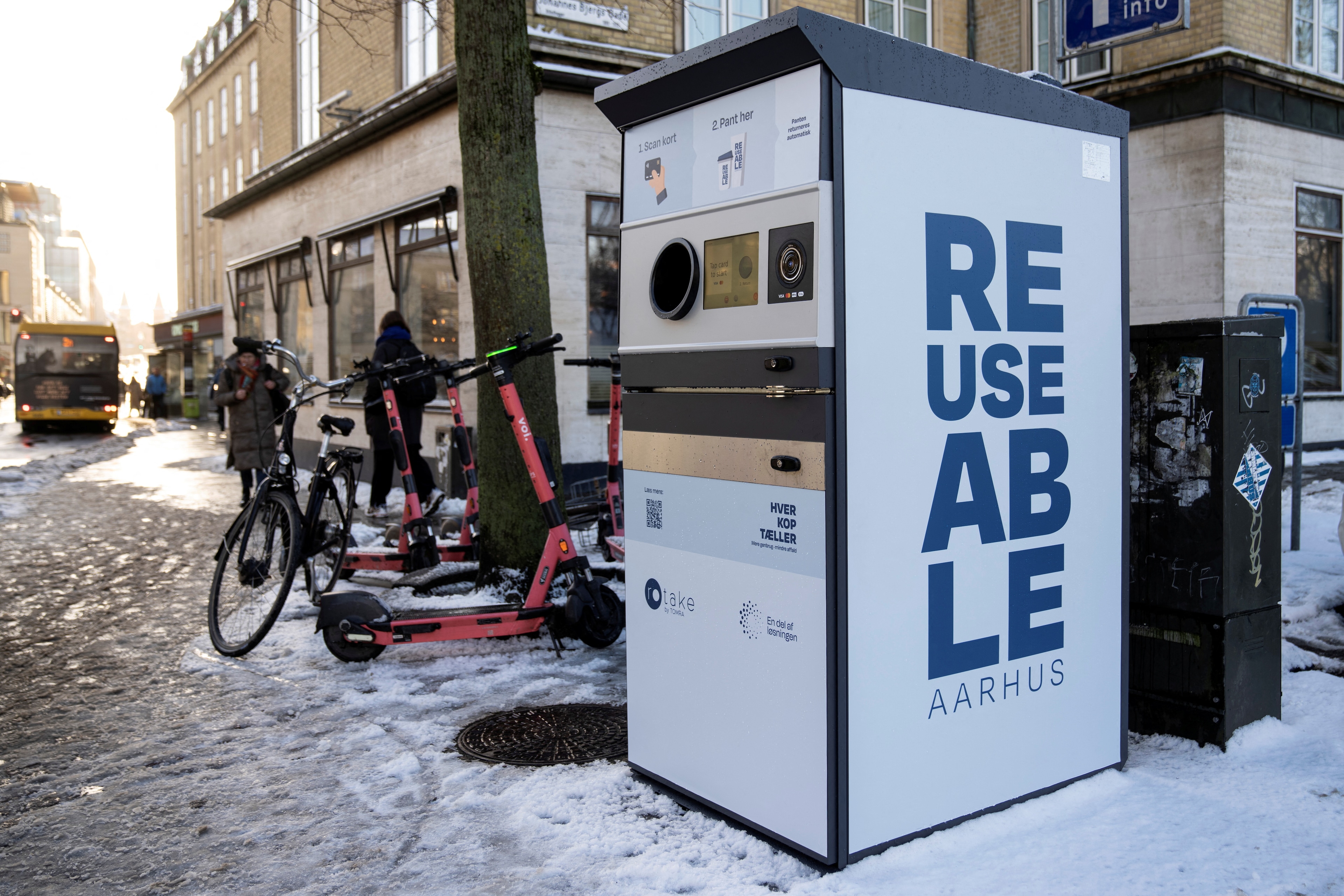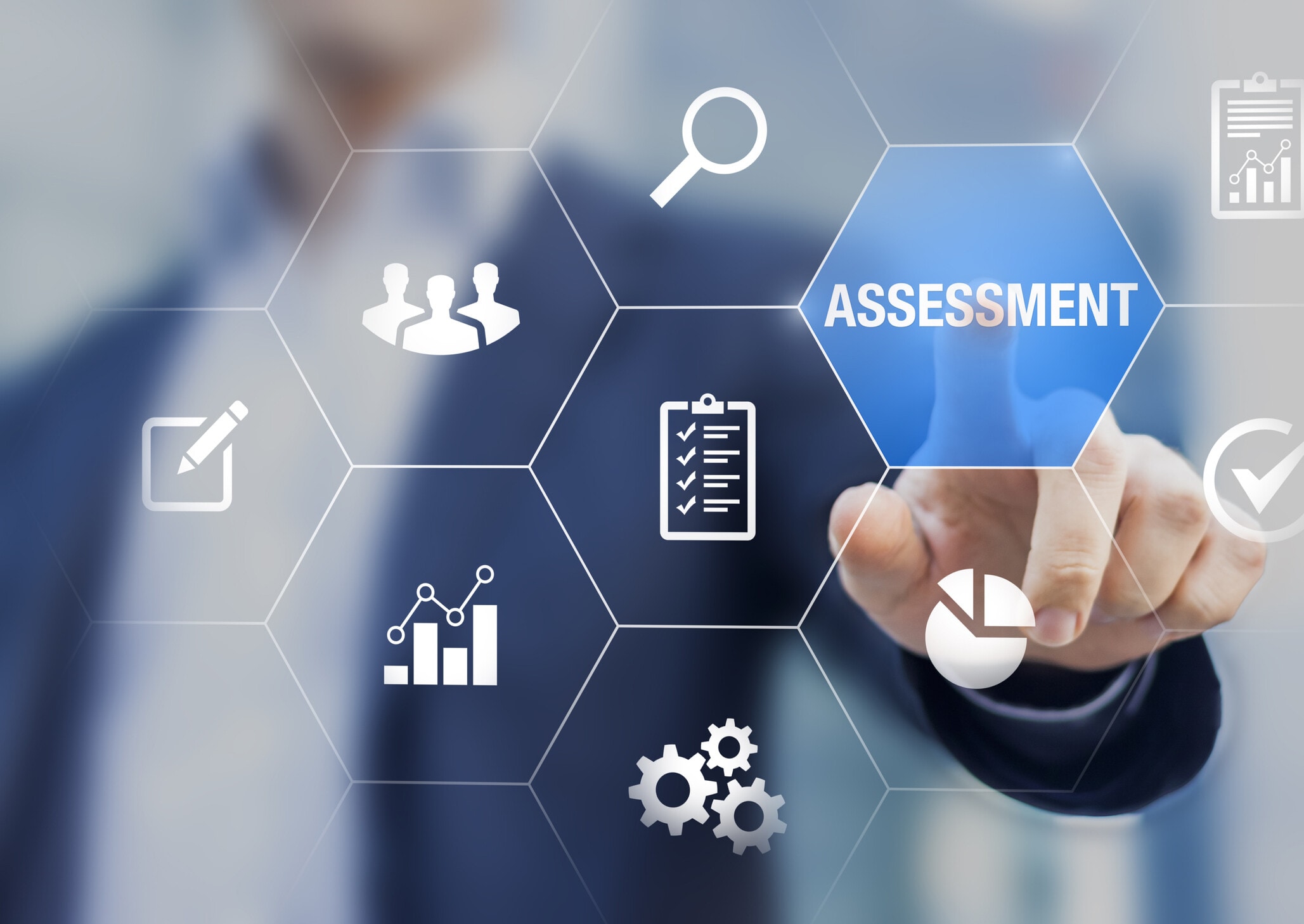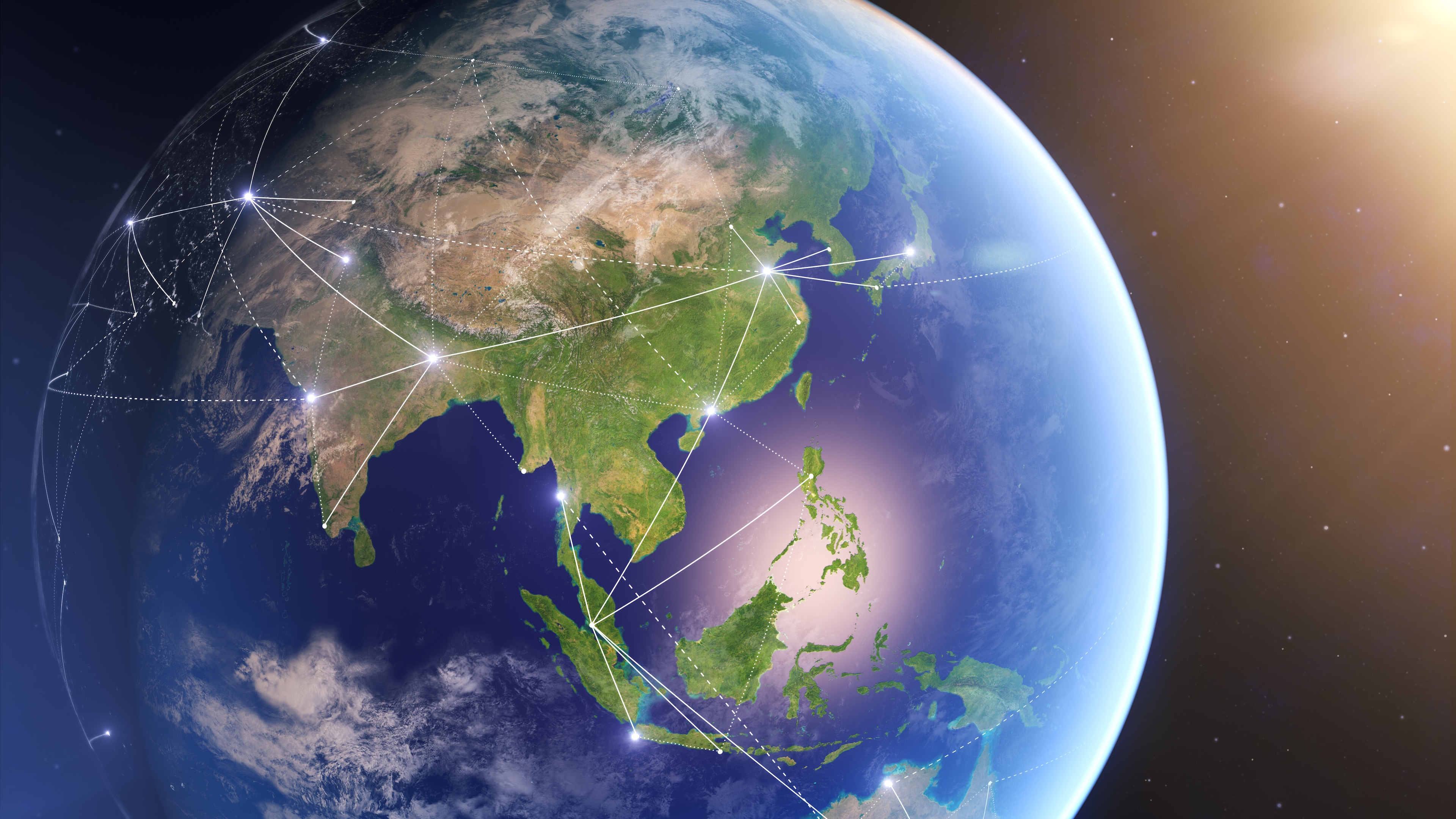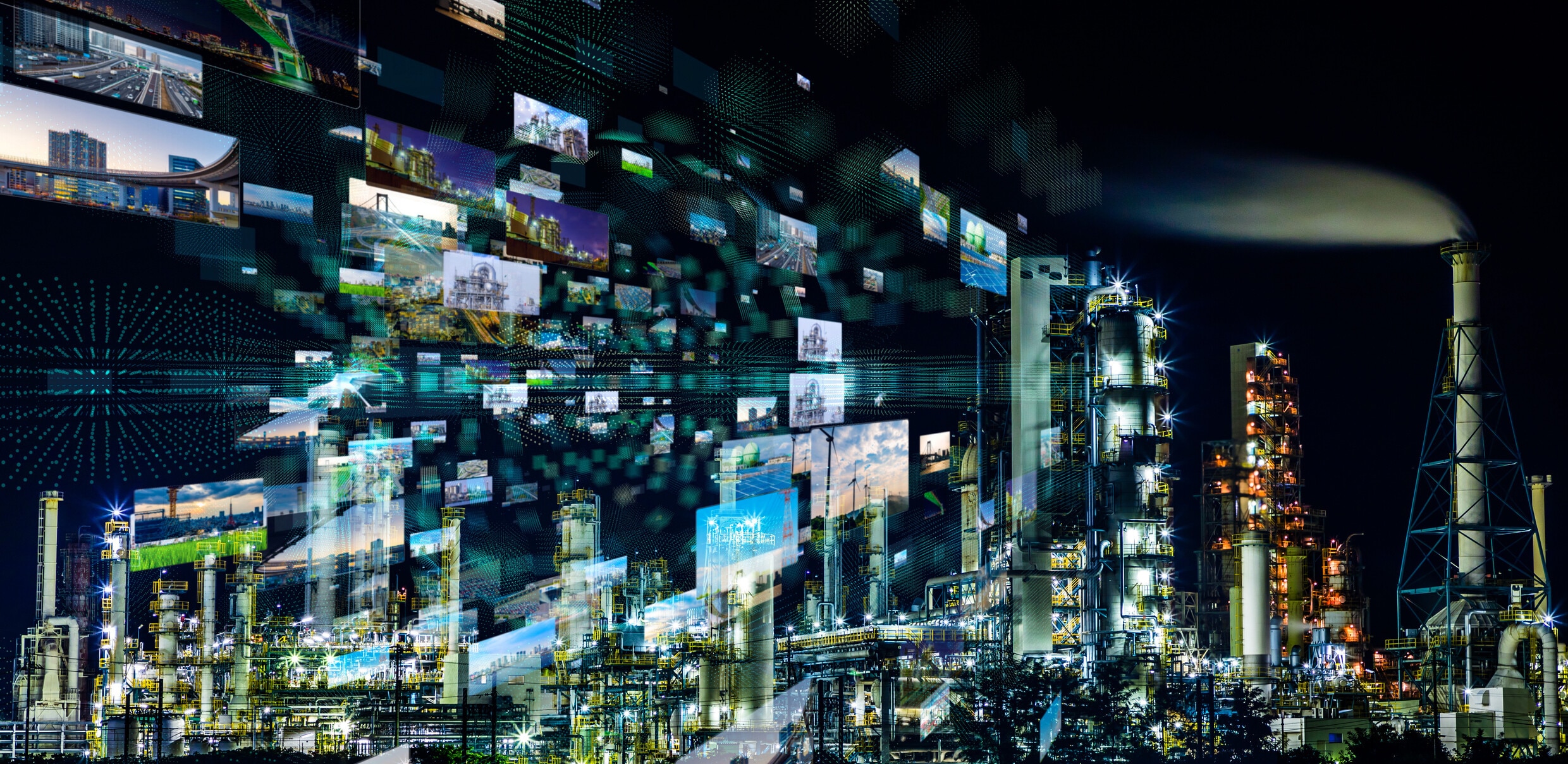How Lighthouse factories use technology to build a resilient, sustainable future for manufacturing

Lighthouse factories are lighting a path to the future of manufacturing.
Image: REUTERS/Elijah Nouvelage/File Photo
Stay up to date:
Advanced Manufacturing and Supply Chains
Listen to the article
- Lighthouse factories around the globe are using technology to improve productivity, sustainability and workforce engagement.
- The World Economic Forum's Lighthouses Live event featured leaders from manufacturing companies with designated Fourth Industrial Revolution Lighthouses.
- Here are some of the key quotes on how data drives sustainability, why upskilling is key to the digital transformation and how to engage employees.
Since its launch in 2018, the Global Lighthouse Network and its more than 100 members have shown how Fourth Industrial Revolution (4IR) technologies can drive performance and innovate supply chains - improving everything from productivity and sustainability to workforce engagement.
The challenge ahead will be scaling both the deployment and adoption of these technologies.
At the World Economic Forum's Lighthouses Live event, Lighthouse Leaders and experts from the Forum and McKinsey came together to discuss how frontrunners are already leveraging 4IR tech to transform their operations and shape a more resilient, sustainable and human-centric future of manufacturing.
The speakers were: Revathi Advaithi, Chief Executive Officer at Flex; Michael R. McMullen, President and Chief Executive Officer at Agilent Technologies; Umang Vohra, Managing Director and Global Chief Executive Officer at Cipla.
These are some of the key quotes from the session, which was moderated by Katy George, Senior Partner and Chief People Officer at McKinsey.
The sustainability journey has to start with data
Cipla is India's third largest pharmaceutical company. Its Indore Oral Solid Dosage (OSD) plant has just been designated a 4IR Lighthouse and joins the Global Lighthouse Network.
Umang Vohra said the emerging world has a lot of "catch-up on climate change" to do - and that data was the key to helping the plant achieve its sustainability goals, including being water positive, carbon positive and sending zero waste to landfill in the five to 10 years.
"We've got a large deployment of the right data coming in and being analyzed. And I think we've used that data to optimize settings for chillers. We've used that data for optimized setting of machine parameters and that's really reduced power consumption that we use in our factories."
Three steps to reducing carbon emissions
Michael R. McMullen outlined the steps Agilent's Lighthouse in Singapore had taken to reduce carbon emissions by 34% per square foot:
1. The plant implemented a building management system that draws on an industrial internet of things. Climate control accounts for about 50% of energy use in the facility, so there was an opportunity for conservation. The cloud-based system optimized the chiller load and allows automatic scheduling.
2. The team created a big-data analytics platform leveraging the cloud, AI and machine learning to streamline the factory process. This achieved a significant reduction in cycle time, waste and chemical usage.
3. The plant also transitioned to renewable energy sources. There are 6,700 solar panels on the factory's flat rooftop producing about 27% of the site's energy. This reduces carbon emissions by more than 1,500 tonnes per year.
Upskilling (and fun) is key to a digital factory
Revathi Advaithi said Flex's Sorocaba site in Brazil, which has been named a Lighthouse, focused on creating an integrated digital factory, upskilling the workforce.
"You could see digital performance management everywhere you went in the factory, it's all connected end-to-end - and to achieve not only a fantastic safety record, but supply chain transparency, so it really connected the end-to-end value chain in a super elegant way.
"Our customers want you know that you have a very resilient and competitive value-added solution. And all of this while reducing manufacturing costs at the same time as helping with greenhouse gas emissions, making sure that we're focused on zero waste."
Agilent has established a School of Digital Innovation at its Singapore facility, said McMullen, which has helped the workforce to become "strong digital thinkers".
"We offer courses on data analytics and programming languages, and provide a formal certification programme to become a digital expert. We have engaging digital educational events for employees to network and exchange ideas, as well as fun activities such as digital carnivals roadshows and hackathon. We're working hard to innovate, but at the same time, we're trying to have fun while we do it."
"We're all driven by this goal to build a factory of the future. In that factory, everyone has a role and they can see the results. It's very inspiring to actually be part of that."
”Engaging the workforce in digital transformation
Learning from new talent has been crucial in the transformation, said Vohra.
"We've had a few people join us who've really been the change and the torchbearers for this change within the organization...
"When we bring new people into our organization, I always say one thing to them: 'Don't let Cipla infect you before you infect Cipla', because steady organizations have this ability when they see new talent to bring the dominant logic onto the new talent without absorbing what this new talent brings in."
To engage the existing workforce, he said the most important thing was to get the leaders involved first: "We tried to figure out what leaders do on the shop floor and I think the biggest thing is they solve problems, they make decisions. So how do you embed this data-driven digitally native aspects of the organization in the way that they make decisions?
"The biggest change came from when the leaders realized that the way they would make decisions in the future was going to be very different than how they were doing it in the past. And I think that's where the change cycle begins to work."
How is the World Economic Forum contributing to build resilient supply chains?
You cannot embark on these journeys without bringing your colleagues along on the way, added Advaithi.
"I grew up on a manufacturing floor, it's all about making sure that your shop-floor colleagues are as excited about all of this as the techies are. You can't just go implement the solution and hope everyone will come along for the ride.
"We're a manufacturing company, we have 170,000 people, so we are a company of people, that is the heart of our operation. Bringing our employees along for these kinds of changes is very critical for our manufacturing strategy."
Flex Sorocaba upskilled around 200 employees with a low no-code digital tool, which included workshop training, and internal communications to help them understand how digital process transformation can help them in their daily jobs.
"At the end of the day, it will always be about making sure that your colleagues understand that they are a critical part of enabling this type of implementation. It doesn't happen in silos."
The Global Lighthouse Network, an initiative of the Forum’s Platform for Shaping the Future of Advanced Manufacturing and Value Chains, is conducted in collaboration with McKinsey & Company. Companies can officially apply to join the Global Lighthouse Network here. Find additional information about the latest Lighthouses here.
Don't miss any update on this topic
Create a free account and access your personalized content collection with our latest publications and analyses.
License and Republishing
World Economic Forum articles may be republished in accordance with the Creative Commons Attribution-NonCommercial-NoDerivatives 4.0 International Public License, and in accordance with our Terms of Use.
The views expressed in this article are those of the author alone and not the World Economic Forum.
Forum Stories newsletter
Bringing you weekly curated insights and analysis on the global issues that matter.
More on Manufacturing and Value ChainsSee all
Henrik Hvid Jensen
August 7, 2025
António Costa
August 6, 2025
Li Dongsheng
July 31, 2025
Chiara Barbeschi and Filipe Beato
July 24, 2025
Elena Raevskikh and Giovanna Di Mauro
July 23, 2025
Manikanta Naik and Murali Subramanian
July 23, 2025






